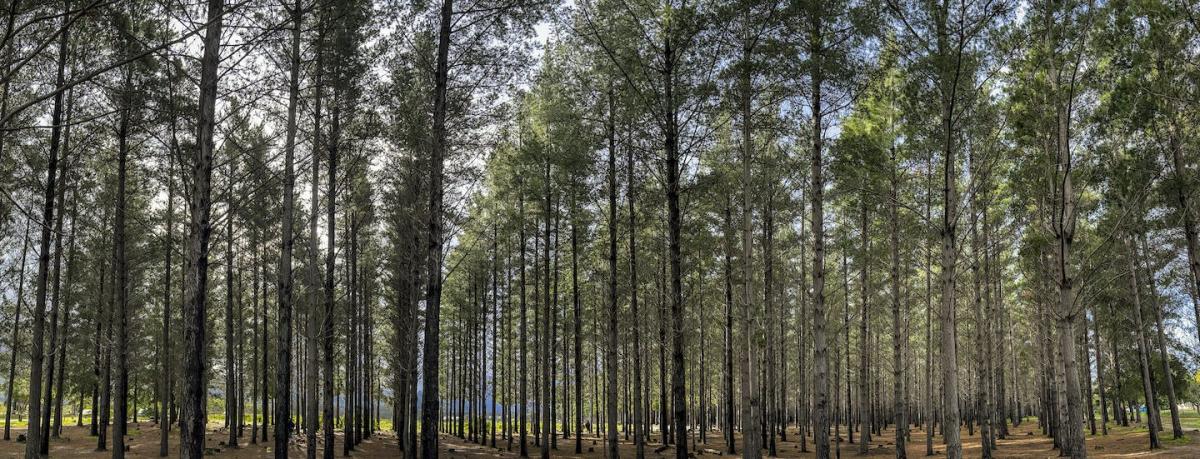Unraveling the Mystery of the Pine Tree Disease: A Tale of Scientific Inquiry
In the 1970s and 1980s, a peculiar phenomenon occurred in South Africa’s Western Cape province. Pine trees in forestry plantations began to die in patches, with no clear explanation. As seedlings in these patches also perished, the forestry experts suspected a root disease, initially blaming the root-infecting Phytophthora cinnamomi. However, further investigation revealed a different culprit – the fungus Leptographium serpens, transported by insects and previously unknown in South Africa.
Yet, doubts persisted as Leptographium species are not typically primary disease agents. Other fungi were also discovered, but with limited identification due to technological limitations. The mystery persisted until the samples were carefully collected and stored, with the hope that future advancements would shed light on the disease outbreak.
In 2023, DNA sequencing entered the scene and revolutionized the investigation. Molecular mycologists analyzed the stored samples using this modern technology, eventually identifying the true culprit – Rhizina undulata. This fungus, known as the “coffee fire fungus,” causes tree disease and death, particularly in Europe. In South Africa, it wreaks havoc after forest fires and tree felling.
However, the trigger that activated R. undulata in the Western Cape plantations remains a mystery. Surprisingly, no fires were reported during the relevant period. One potential clue lies in the sandy and acidic Table Mountain sandstone soil, which may have encouraged the fungus’s growth. Heat radiating from quartz rocks could have also played a role.
Understanding R. undulata’s role in the Western Cape outbreak contributes to better control strategies in the future. The study emphasizes the importance of patience in scientific progress and the need for continued investment in research and technological advancements. It also advocates for the preservation of diverse fungal cultures, even if their importance may not be immediately apparent.
This article is republished from The Conversation, a nonprofit news site dedicated to sharing ideas from academic experts.
Written by: Andi Wilson, Brenda Wingfield, and Michael John Wingfield from the University of Pretoria.


